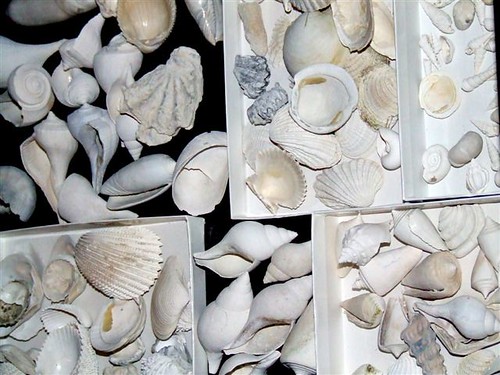These Lower Pleistocene shells date to around 1-1.6 Myr ( Bermont formation). I collected them on a Florida Paleontological Society field trip nearly two years ago. If you were a Florida-Gulf-Coast sheller, you would recognize many of the shells as having modern representatives despite their age. There has been essentially a "freeze" on molluscan evolution in the Atlantic shell fauna since the inception of the 20 or so ice ages that have occurred in the Pleistocene. You said you were not averse to having fossils shells, so take a look. Notice the cone snails (Conus) in the strew. Nature ran an article in September on pharmaceuticals from marine animals, including a powerful painkiller from the venom of a modern, tropical cone snail.
Image: Biosparite.
I am receiving so many gorgeous pictures from you, dear readers, that I am overwhelmed by the beauty of the images and the creatures and places in them. If you have a high-resolution digitized nature image (I prefer JPG format) that you'd like to share with your fellow readers, feel free to email it to me, along with information about the image and how you'd like it to be credited.
.

